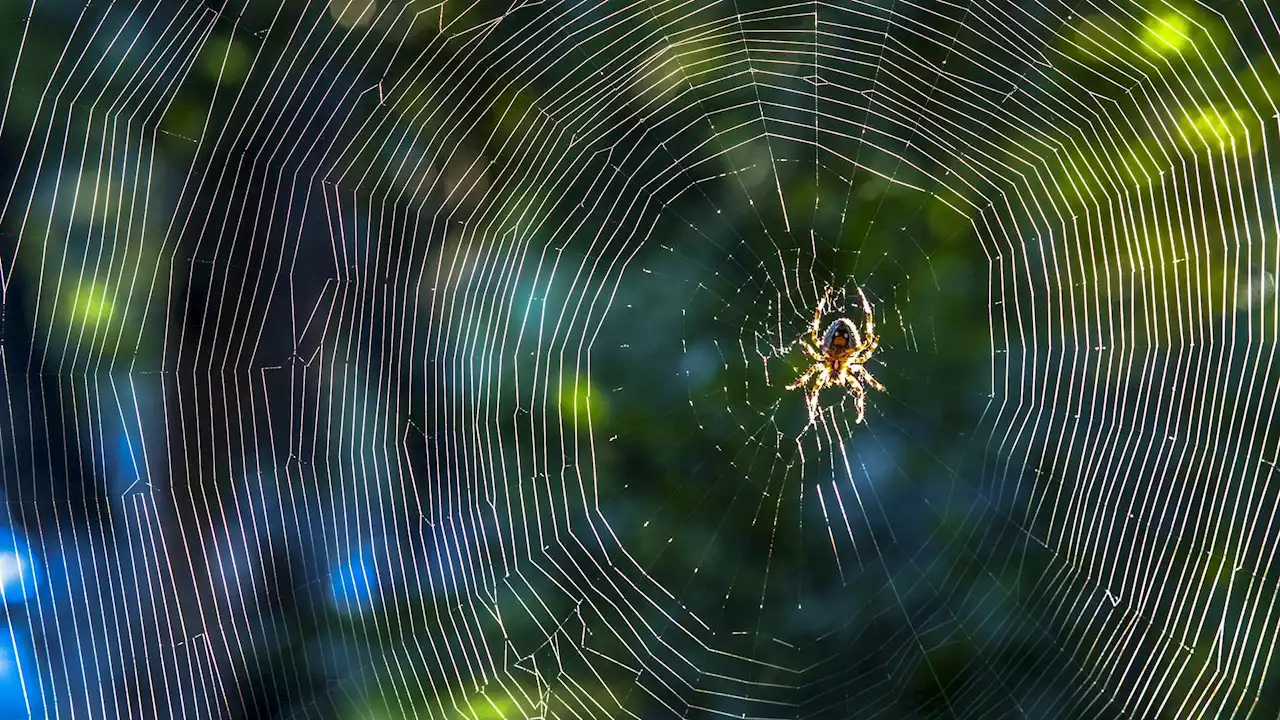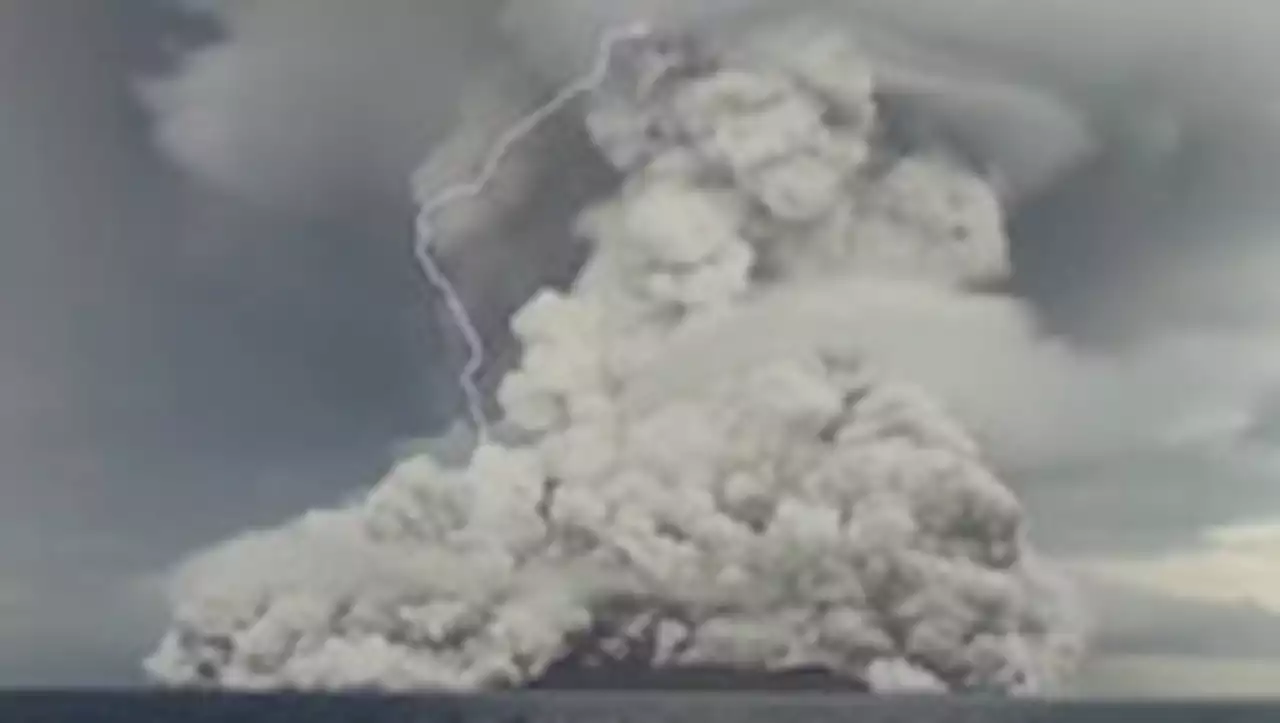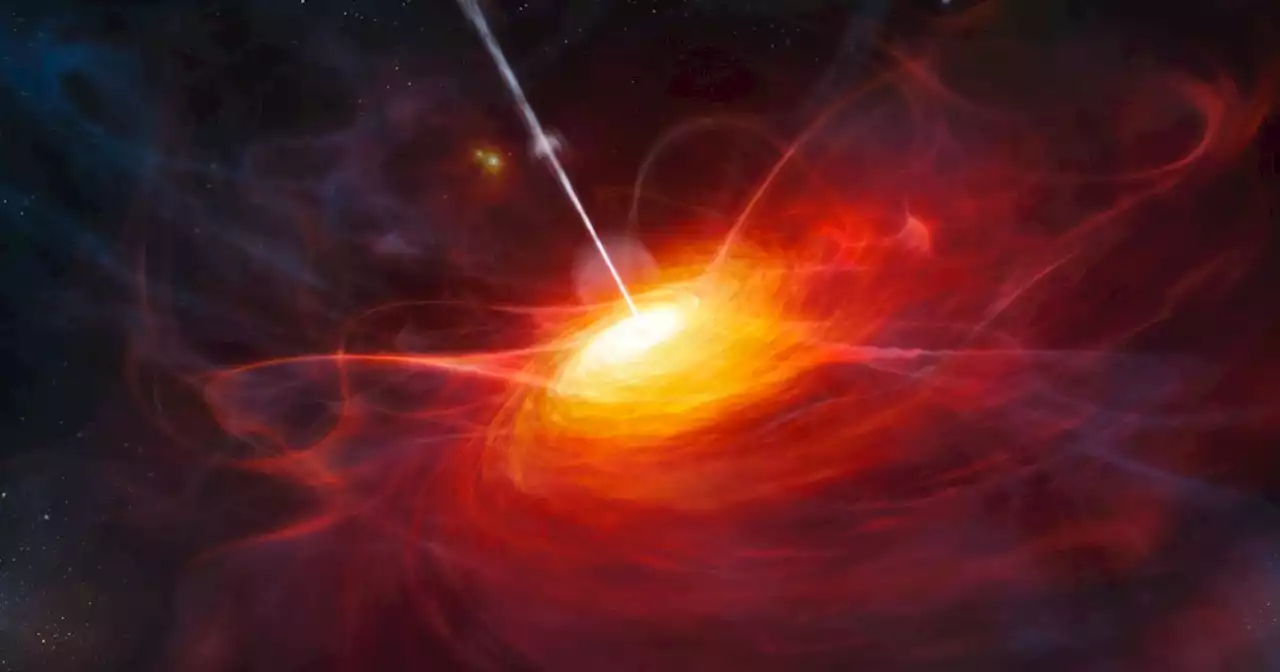It's like a 'demolition derby' on an astronomical scale.
This new pathway to star death is significantly more explosive than the other already known ones.
"Our results show that stars can meet their demise in some of the densest regions of the universe, where they can be driven to collide," said Levan in a statement."This is exciting for understanding how stars die and for answering other questions, such as what unexpected sources might create gravitational waves that we could detect on Earth," Levant added.
Observed by the National Science Foundation’s Gemini South telescope in Chile, the discovery "confounds almost every expectation we have," explained coauthor and Northwestern astronomy doctoral candidate Anya Nugent, a specialist in gamma-ray bursts, in the statement. "For every hundred events that fit into the traditional classification scheme of gamma-ray bursts, there is at least one oddball that throws us for a loop," Northwestern astrophysicist and study coauthor Wen-fai Fong added. "However, it is these oddballs that tell us the most about the spectacular diversity of explosions that the universe is capable of."
United States Latest News, United States Headlines
Similar News:You can also read news stories similar to this one that we have collected from other news sources.
 Two-Door, Two-Seat, Too Short Ford Fiesta Could Be Yours For $5,100 | CarscoopsThis squished Ford Fiesta is a minor internet celebrity, and it looks pretty fun. Designed to be towed by an RV, it's for sale in Washington state
Two-Door, Two-Seat, Too Short Ford Fiesta Could Be Yours For $5,100 | CarscoopsThis squished Ford Fiesta is a minor internet celebrity, and it looks pretty fun. Designed to be towed by an RV, it's for sale in Washington state
Read more »
After leaving two postdocs in two years, I found a lab that’s right for me'No matter how unconventional my postdoc experience might look on paper, I’m grateful for the experience I had in all three labs. I learned valuable things along the way—about research, and about myself.' ScienceWorkingLife sl8023genius
Read more »
 Utah scientists work in Africa to reduce malariaTwo Utah scientists are working in Mali to help reduce malaria. It's the first time Utah's mosquito abatement techniques are being put into practice there.
Utah scientists work in Africa to reduce malariaTwo Utah scientists are working in Mali to help reduce malaria. It's the first time Utah's mosquito abatement techniques are being put into practice there.
Read more »
 Scientists use microscopy to investigate the toughness of spider silkScientists at the Massachusetts Institute of Technology have managed to peer into the material’s true fabric without damaging it using microscopy.
Scientists use microscopy to investigate the toughness of spider silkScientists at the Massachusetts Institute of Technology have managed to peer into the material’s true fabric without damaging it using microscopy.
Read more »
 The shocking things scientists found about this extremely powerful volcanic eruptionThe volcano has already broken several records. Now, a new study reveals more details of this puzzling event by analyzing lightning data.
The shocking things scientists found about this extremely powerful volcanic eruptionThe volcano has already broken several records. Now, a new study reveals more details of this puzzling event by analyzing lightning data.
Read more »
![]() Scientists train fruit-picking robots with silicon raspberriesEngineers at EPFL’s Computational Robot Design & Fabrication lab are training robots to pick raspberries on silicone versions that mimic the real thing.
Scientists train fruit-picking robots with silicon raspberriesEngineers at EPFL’s Computational Robot Design & Fabrication lab are training robots to pick raspberries on silicone versions that mimic the real thing.
Read more »
